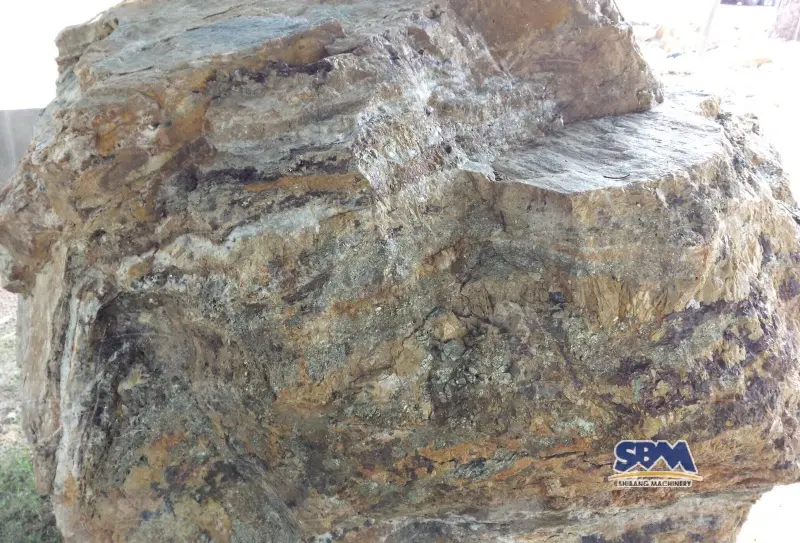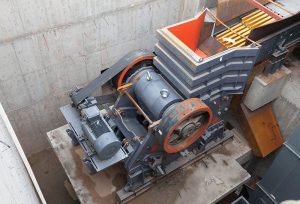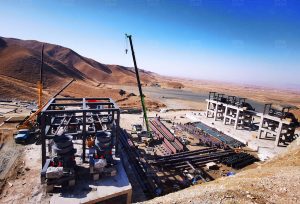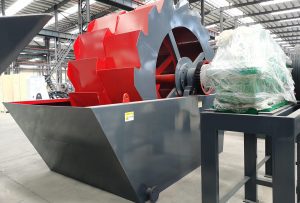بريد إلكتروني: [email protected]
خام الذهب: دليل شامل ل 2025
المحتويات الرئيسية
مرحبًا يا من هناك, mining pros and future partners! If you’re in this business, you already know that few things get the adrenaline pumping like the pursuit of gold. But let’s be real—it’s not just about striking it rich. It’s about smart, فعال, and sustainable work. And it all starts with truly understanding what we’re digging into: خام الذهب. Whether you’re a seasoned vet or just getting your boots dirty, let’s walk together through the glittering world of خام الذهب. We’ll cover how it forms, where it hides, how to responsibly bring it to the surface, and—most importantly—how to process it efficiently.

So—What Really Is Gold Ore?
تمام, let’s break it down simply.Gold ore isn’t just rock with a bit of bling. Technically, it’s any natural material that contains gold in high enough concentration to make digging it up worthwhile. And I meanworthwhile—because if your extraction costs more than the gold itself, you’re not mining; you’re collecting rocks.
Most of the time, you won’t see visible gold. It’s sneaky like that. Instead, it’s tucked deep inside other minerals—like quartz or sulfides—in microscopic form. That’s what makes our job so interesting: it’s a treasure hunt at a microscopic level.
Why Gold Really Matters?
بالتأكيد, everyone loves gold jewelry. But what’s really fascinating is how essential this metal is in our daily lives. Think about your phone, your laptop, the medical equipment in hospitals—gold’s incredible conductivity and corrosion resistance make it a hero in tech and healthcare.
And let’s not forget its role in the economy. Central banks stockpilegold bullion like there’s no tomorrow. It’s the ultimate safety net. So when you’re mining gold, you’re not just pulling metal out of the ground—you’re powering innovation and stabilizing markets. How cool is that?
How Does Gold Ore Even Form?
Here’s the wild part: gold isn’t from around here. It was born in distant supernovae and sprinkled across Earth during its early days. But how did it cluster into mineable deposits? That’s where geology gets fun.
Most gold deposits come from hydrothermal activity. Super-hot water, deep underground, picks up traces of gold as it circulates. When that fluid moves upward and cools, the gold crystallizes in cracks and voids—forming those beautiful quartz veins we love to find. It’s like nature’s slow-cooker recipe for riches.
Where in the World Is Gold Ore?
You can findخام الذهب just about everywhere—except Antarctica (and let’s be honest, that’s next). But some places are simply luckier than others.
الصين, أستراليا, Russia, and the U.S. are heavyweights. Then there’s South Africa’s Witwatersrand Basin—a legendary deposit that’s been giving for over a century. These days, West African nations like Ghana and Mali are rising stars, أيضاً.
The type of ore varies a lot by location. Some places have free-milling ore that’s relatively easy to process. Others have refractory ore—stubborn stuff that needs extra steps. Know your deposit; it changes everything.
طاولة 1: Major Global Gold Ore Producers & Their Specialties
| Country | Key Regions | Common Ore Type |
|---|---|---|
| الصين | Jiaodong Peninsula | Vein Gold, Disseminated |
| أستراليا | Pilbara, WA | Banded Iron Formation |
| الولايات المتحدة الأمريكية | Carlin Trend, NV | Refractory Ore |
| South Africa | Witwatersrand | Conglomerate |
| كندا | Abitibi Belt, ON | Greenstone-hosted |
| Ghana | Ashanti Belt | Orogenic Vein Gold |
Finding the Good Stuff: Prospecting & استكشاف
You wouldn’t start digging randomly in your backyard, يمين? Modern exploration is a blend of old-school grit and new-school tech.
We use satellite imagery, airborne geophysics, and soil sampling to spot anomalies. Then comes drilling—the real truth-teller. There’s nothing like pulling up a core sample and seeing that first glimpse of gold. Well, almost nothing.
How We Mine Gold Ore: Digging Deep or Stripping Surface?
There are two main ways to get gold out: above ground or below.
Open-pit mining is like doing archaeology on steroids. We move vast amounts of rock to get to the ore. It’s efficient for large, low-grade deposits.
Underground mining is for when the gold is deep and high-grade. It’s more complex and costly, but when the vein is rich, it’s worth every ounce.
From Rocks to Gold Bars: The Processing Journey
This is where the magic happens—and where the right equipment makes all the difference. You’ve got to liberate the gold from the rock, and that takes power, دقة, and smart engineering.
سحق & طحن: The Heart of the Operation
أولاً, you break it down. Big time. Primary crushers—like trusty كسارات الفك—take those massive rocks and make them manageable. Then cone crushers take over and reduce them further.
بعد التكسير, it’s time to grind. We use mills—ball mills, SAG mills—to turn that material into a fine slurry. Water and steel balls help pulverize the ore until the gold is exposed. It’s a noisy, gritty process, but oh, so satisfying when done right.
If you are looking for a reliable crusher and mill, you can contact us. We will provide you with the most suitable and reliable solution according to your needs. Our equipment is durable, efficient and long-lasting.
Gold Separation: Let’s Get Down to Business
Once your ore is ground up, the real work begins. If the gold is free-milling, gravity separation or flotation can concentrate it. Then comes leaching—usually with a cyanide solution—which dissolves the gold into a liquid.
بعد ذلك, we adsorb the gold onto activated carbon or drop it out with zinc. النتيجة? A muddy-looking concentrate that’s worth its weight in… well, ذهب.
The Stubborn Ones: Dealing with Refractory Ores
Some ores are tricky. Their gold is locked inside sulfides, so cyanide can’t reach it. For these, you need extra steps—like roasting or pressure oxidation—to break open the minerals. It’s more complex and expensive, but when done right, the recovery rates are worth it.
Making It Pure: The Refining Process
What comes out of the processing plant isn’t pure gold. It’s a mix—called doré—that contains gold, فضي, and other metals. Refining turns that into the shiny, 99.99% pure bars we know. Methods like the Miller process (using chlorine) or electrolysis get it there.
Challenges We Can’t Ignore: Environment & الاقتصاد
Mining isn’t without its challenges. Water management, tailings storage, and community impact are big deals. And let’s not forget the economics—gold prices swing, energy isn’t cheap, and ore grades are dropping. The operations that succeed are those that innovate, optimize, and operate responsibly.
Picking Your Tools: Equipment Matters
Your choice of crushers, ميلز, and processing equipment isn’t just a detail—it’s everything. Reliability impacts uptime. Efficiency impacts cost. Recovery impacts profit. لا تقطع الزوايا هنا. Work with people who know what they’re doing and offer support when you need it.
طاولة 2: Key Steps in Gold Processing
| منصة | What Happens | Typical Equipment |
|---|---|---|
| Comminution | Size reduction | كسارة الفك, مخروط محطم, مطحنة الكرة |
| Concentration | Separate gold from waste | Shaking Tables, Flotation Cells |
| Leaching | Dissolve gold | Leach Tanks, CIL Circuits |
| Recovery | Extract from solution | Electrowinning, Carbon Columns |
| Refining | Purify gold | Furnaces, Electrolytic Cells |
What’s Next? The Future of Gold Processing
The industry isn’t standing still. We’re seeing smarter, greener tech everywhere—from HPGRs that save energy to bioleaching and non-cyanide reagents. The future is about doing more with less, and I’m here for it.
Wrapping Up: Work Smart, Not Just Hard
At the end of the day, success in gold mining isn’t about luck. It’s about knowledge, planning, and having the right tools and team. Understand your ore. Choose your equipment wisely. And never stop learning.
Here’s to digging deeper—and smarter.



